8 things you need to know before converting a basement, according to renovation experts
Avoid any disasters when converting an unloved space into a fully functional room with these tips
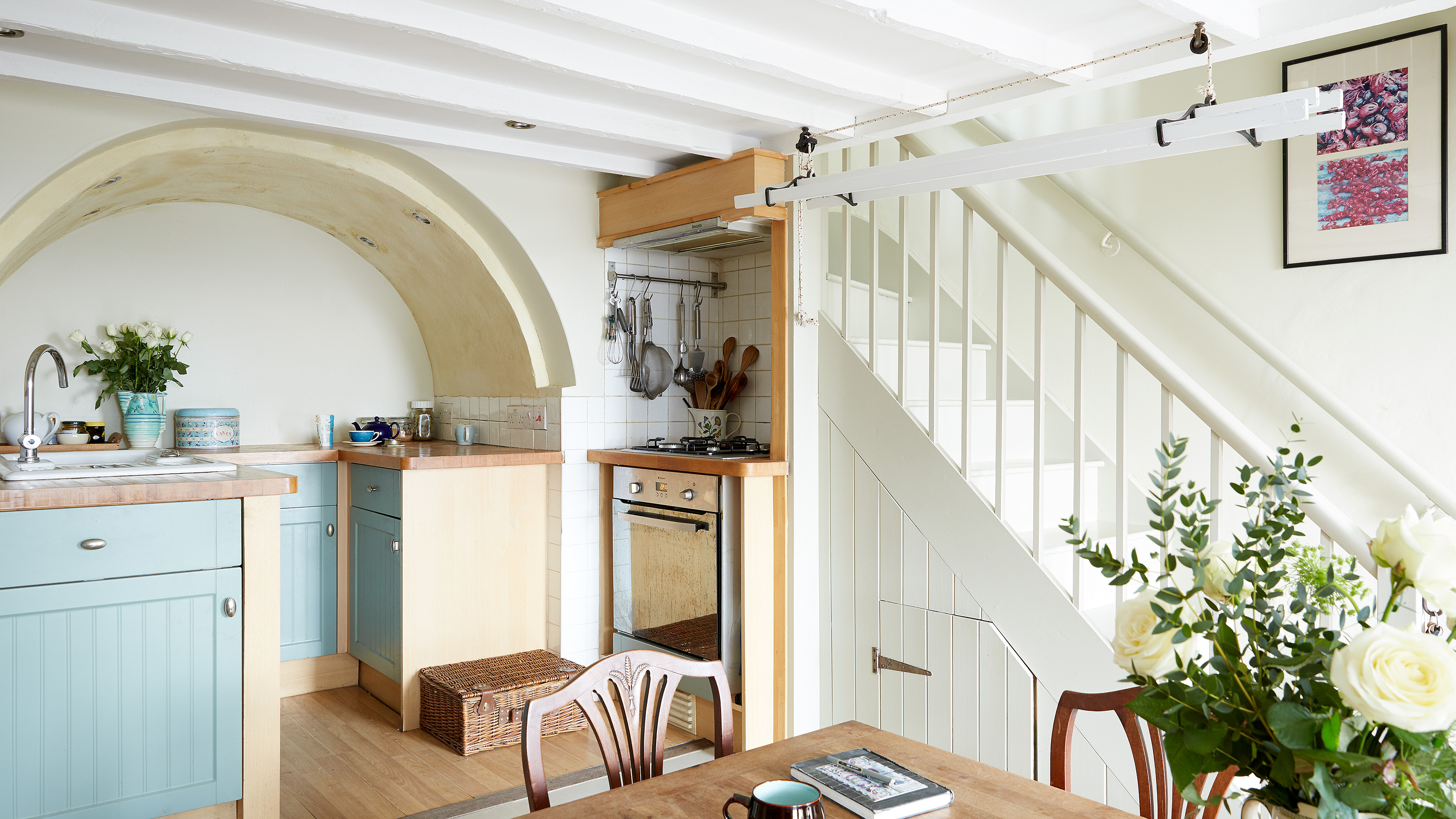

If you're wondering what you need to know before converting a basement, then it's likely that you're feeling overwhelmed – the more you read, the more you realise you don't know!
To help you on your way, we've rounded up the eight essential elements that will need your attention as you start to plan your project, helping you transform this unused space into an extra room full of characterful features.
The first thing you need to know before converting a basement is the difference between a basement conversion and building a basement. If you have an existing basement, conversion is one of the quickest and easiest ways to extend your home. The whole process can take as little as a few weeks.
On the other hand, excavating a basement is very involved and technical, requiring expertise. Rob Wood at Simply Extend explains that 'a basement build process takes around five months.' It is also significantly more costly than a conversion. If you don't already have a basement, a loft conversion might be a more viable option.
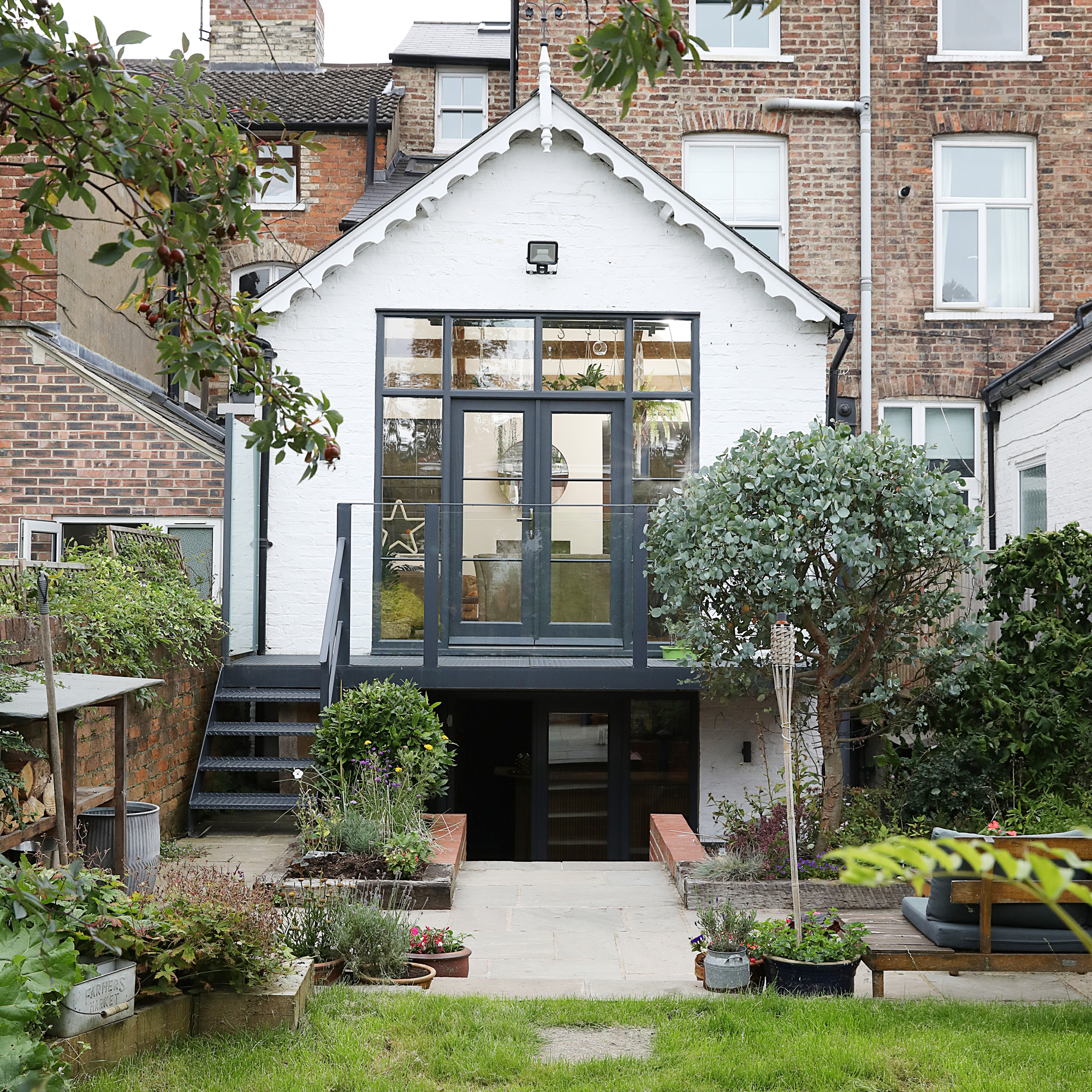
Basement room ideas are one of the best ways to create space without altering the exterior of the home. However, it can feel challenging – especially with issues like waterproofing, a lack of natural light and safety precautions all needing due consideration. However, once you've figured out what you need to know before converting a basement, you'll likely add value to your home.
‘Converting your basement is thought to add up to 15% to the value of your home — a local estate agent will be able to confirm the added value, so you can work out the cost against the value before starting works,’ says Tim Phillips, quantity surveyor at Quantiv.uk.
You can also find out more at The Basement Information Centre, basements.org.uk, which is a national centre for information about the development and use of basements, and also offers an online database of contractors.
1. Make sure you have enough head height
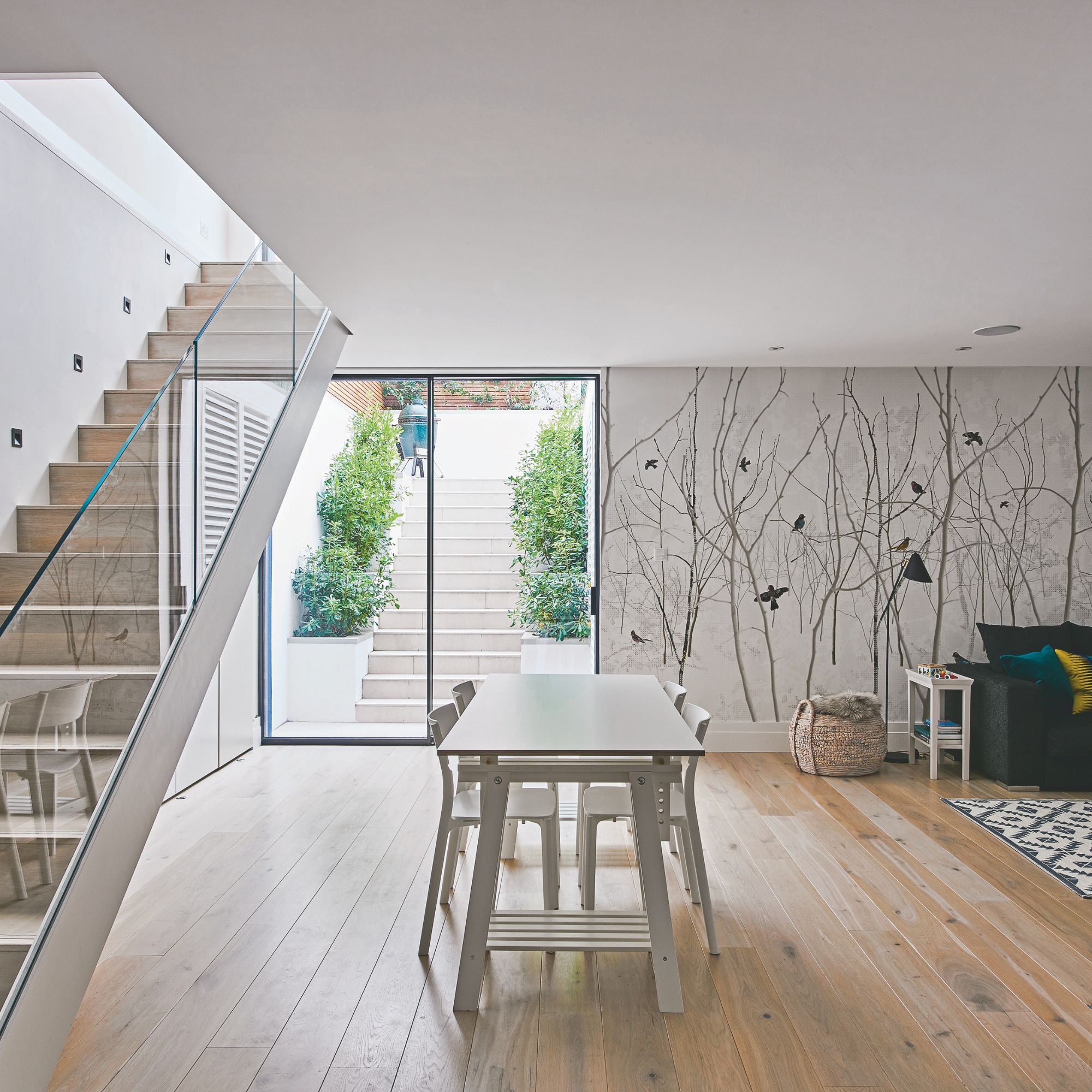
Just like a loft conversion, head height is one of the most important things you need to know before converting a basement.
You’ll need a ceiling height of at least 2.7m for a functional room. If you don't already have this, you may need to consider lowering the floor level or raising the ceiling height.
‘Don’t fall into the trap of skimping on floor-to-ceiling height,’ advises William McGuinness, director at UV Architects – getting the room height right the first time will save a lot of money and inconvenience in the long run.
2. Consider ventilation to prevent mould
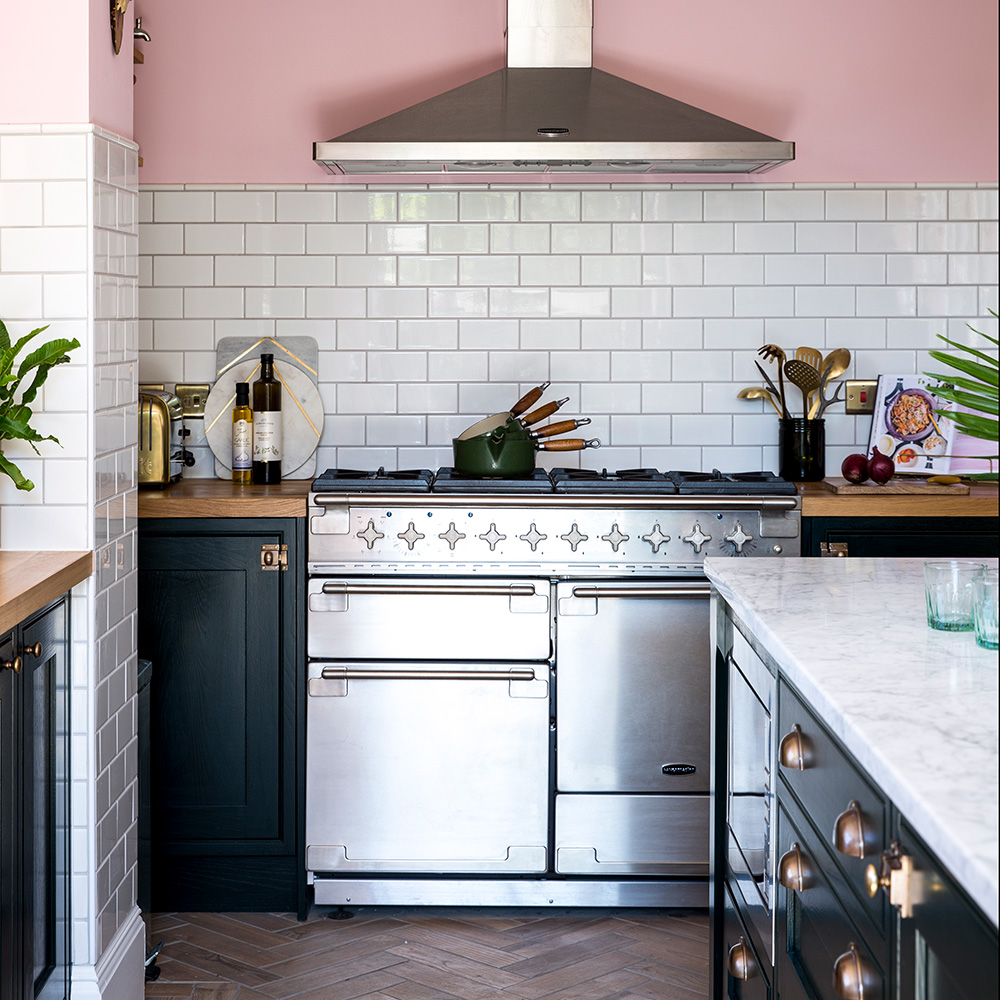
Whether you are looking into kitchen basement conversions or are hoping to create a fun family room, ventilation is a key thing you need to know before converting a basement.
Basements have a bad reputation for being damp and having mould on walls. Not what you want when you've gone to the expense of an extension.
However, factoring in solutions before you start building will ensure that you aren't cursed with an unusable space.
In an ideal world, there would be windows that you could open to air the space – traditional or egress windows add valuable light and provide a fire-safety exit route. If this isn’t possible, installing extractor fans will help air circulation. Regardless of your other ventilation methods, you should also consider adding one of the best dehumidifiers to reduce moisture levels in the basement.
Dehumidifiers will stop condensation on walls and ceilings and prevent mould. In colder basement conversions, desiccant dehumidifiers are better, while condensing dehumidifiers are a better fit for warmer spaces. Both of them are ideal solutions for getting rid of dampness.

For extra cold areas like garages and basements, it’s worth looking at this desiccant dehumidifier which can work in temperatures as low as 1ºC, drying out these spaces, while also making them feel warmer.

This affordable device measures the humidity levels inside your home, helping you to make sure you always have the perfect balance.

This dehumidifier constantly ranks as top in our testing, thanks to its clever features including a laundry mode.
3. Know the rules and regulations
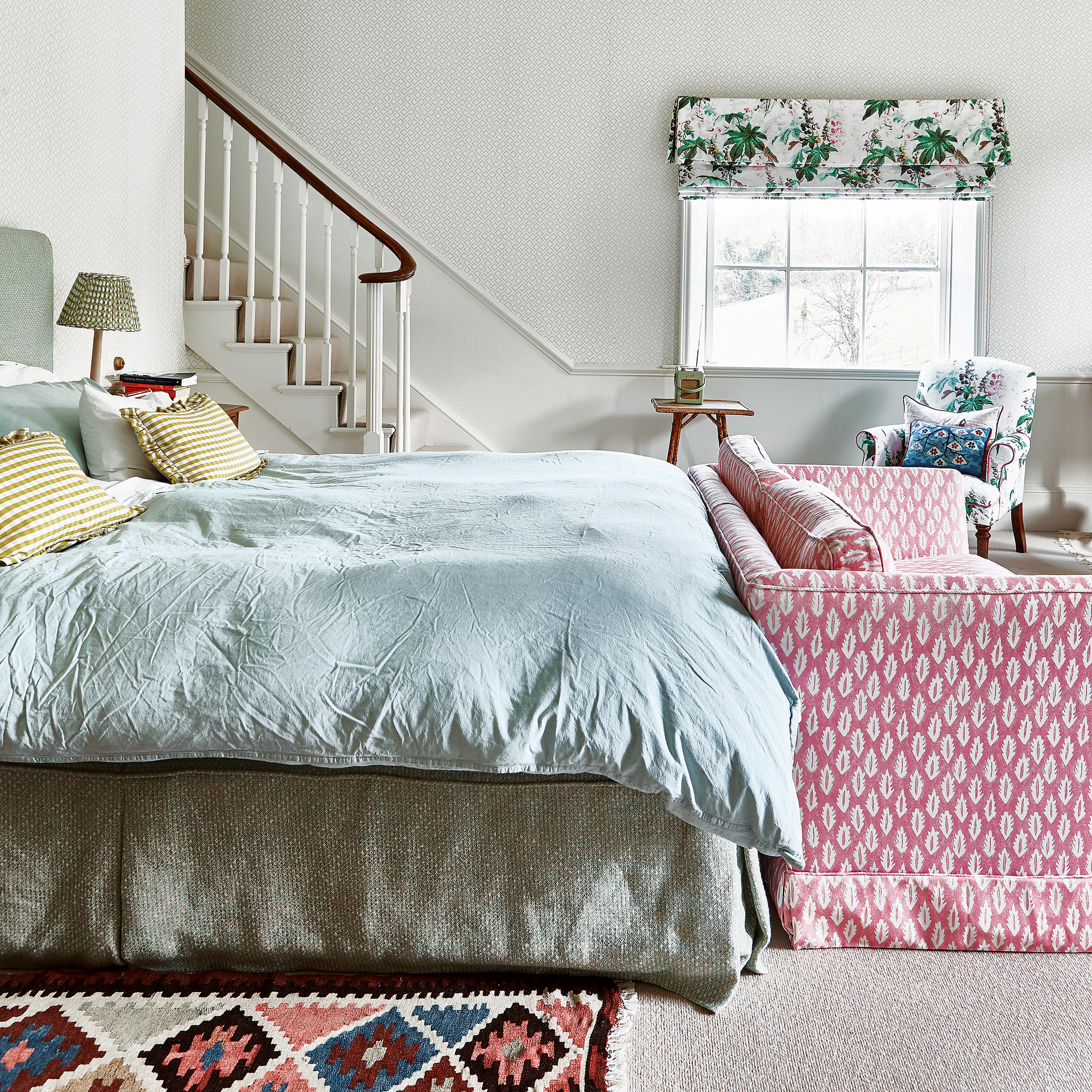
In most cases, converting an existing basement without any structural work won’t need planning permission as it'll be classed as Permitted Development (PD). However, always check with your local planning authority before starting. Excavating a new basement or extending an existing one will require planning permission.
Building regulations – which cover fire escapes, ventilation and damp proofing – apply to all types of work. If the walls of your basement adjoin those of your neighbours, you will also need to adhere to the Party Wall Act.
4. Factor in waterproofing methods
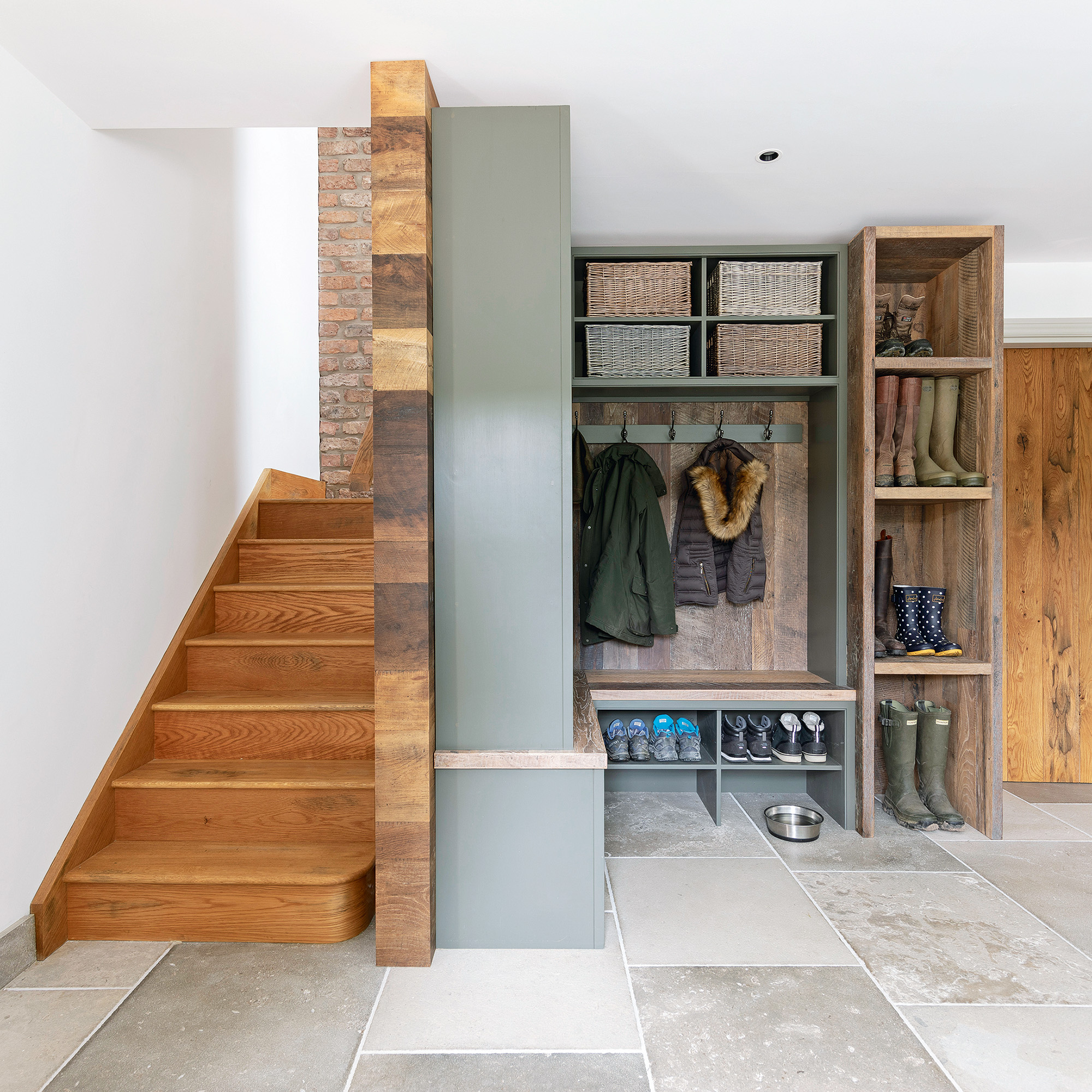
As basements are below ground, groundwater and dampness are inherent problems. This means waterproofing methods are one of the things you need to know before converting a basement. Jack Garratt, consultant surveyor at Garratts Damp & Timber, talks us through the two main waterproofing options.
‘A cavity membrane system involves lining the walls and floor with a membrane and installing subsurface channels to direct groundwater into a sump pump, which removes the water from the property,’ he says.
‘A cementitious system creates a barrier by applying multiple coats of cement-based products to walls and floors. This crystallises to prevent groundwater penetrating.’
Both methods are best installed by professionals who can guarantee the work
5. Know the safety requirements
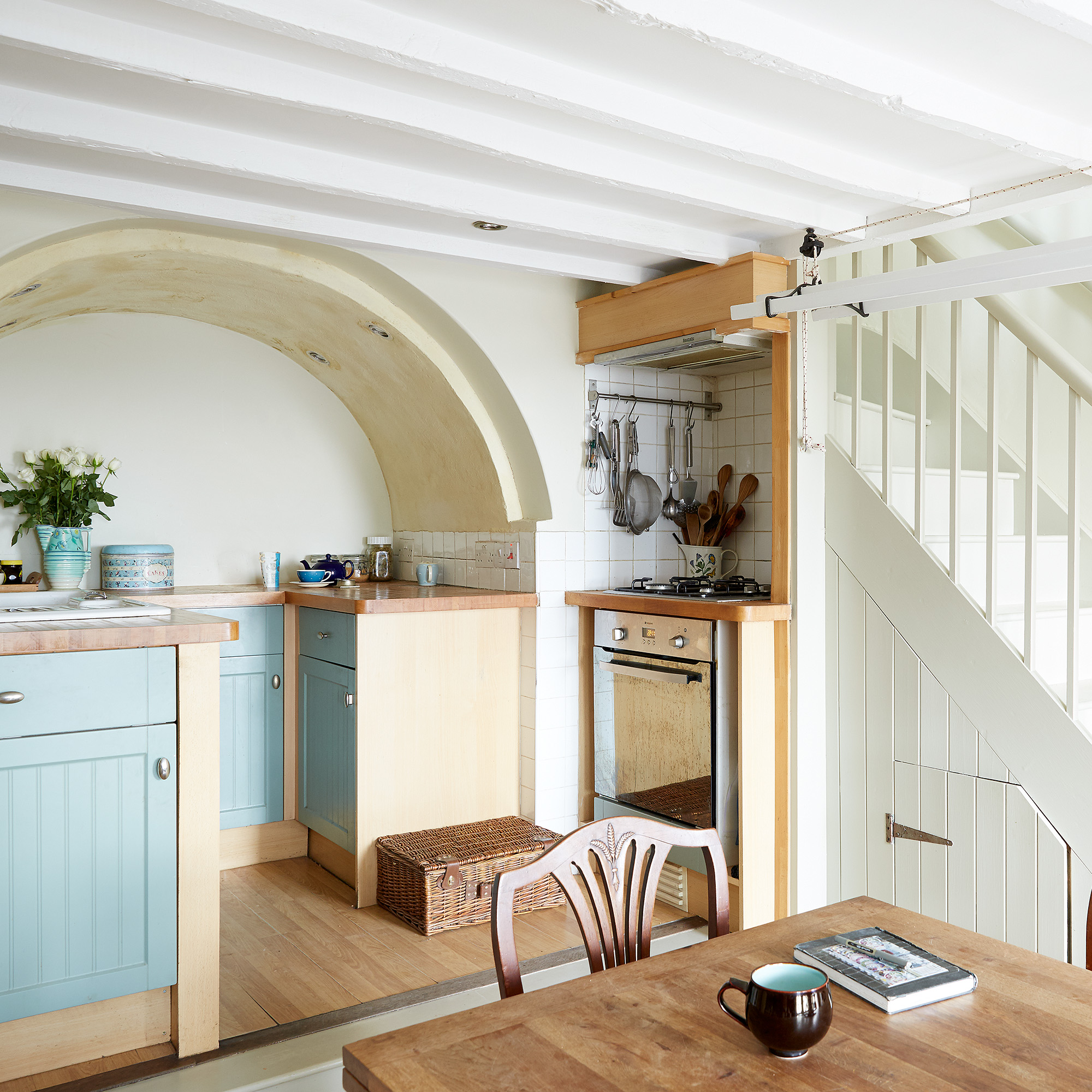
When building an extension, safety is essential. Building regulations stipulate fire safety requirements, and a building surveyor or contractor can advise on specific measures for the construction of your basement.
Escape routes are also important – typically, a protected stairwell leading to a main exit. Windows or light wells fitted with fire escape hinges can serve as secondary escapes. Firedoors are a worthwhile investment, even if not legally required. Smoke detectors must be installed and tested regularly – mains-powered is preferred.
6. Figure out your budget
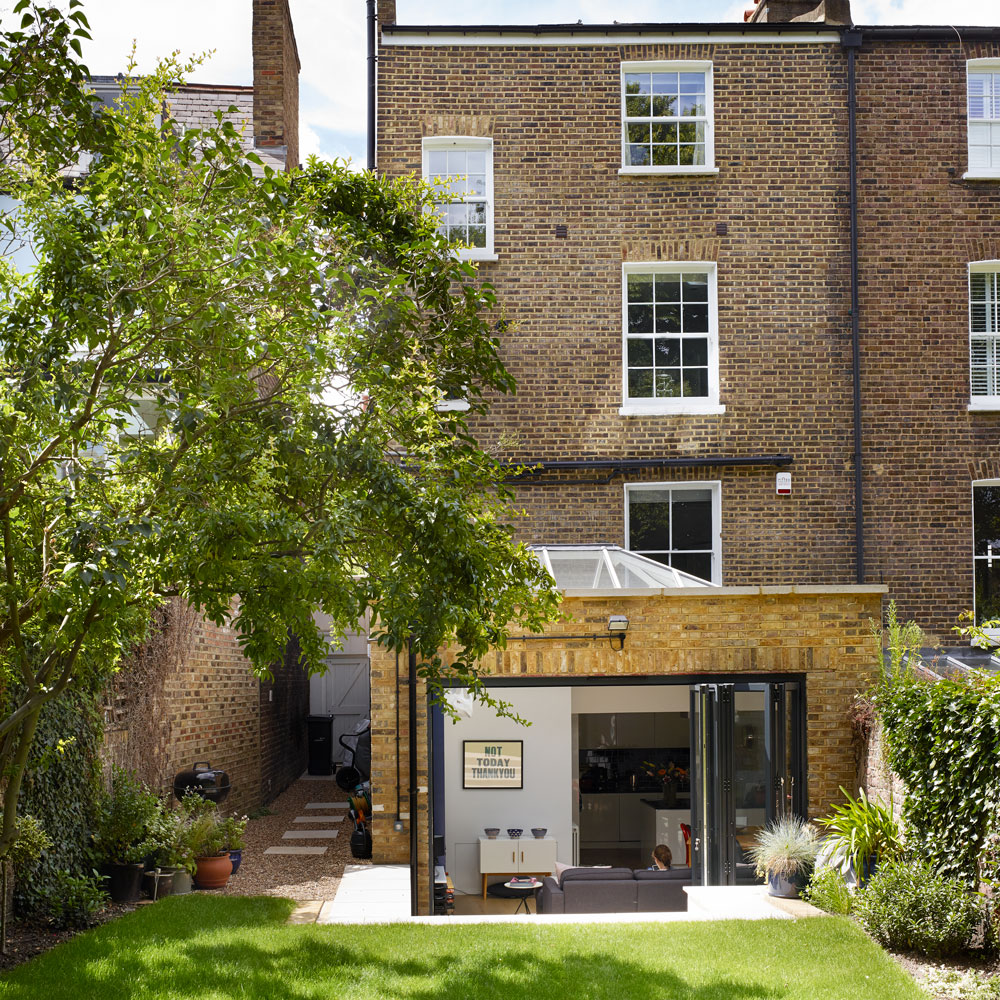
If you're looking for extension ideas that suit your budget, then definitely consider a basement conversion.
Conversions tend to be cheaper than extensions – though it depends on the amount of work required. ‘A typical basement conversion can cost between £1,200–£1,500sq m depending on the level of finish and the end use,’ explains Tim Phillips, quantity surveyor at Quantiv.uk. ‘Adjusting the head height in the room can push the cost to £2,100–£4,000sq m.’
7. Look at lighting solutions
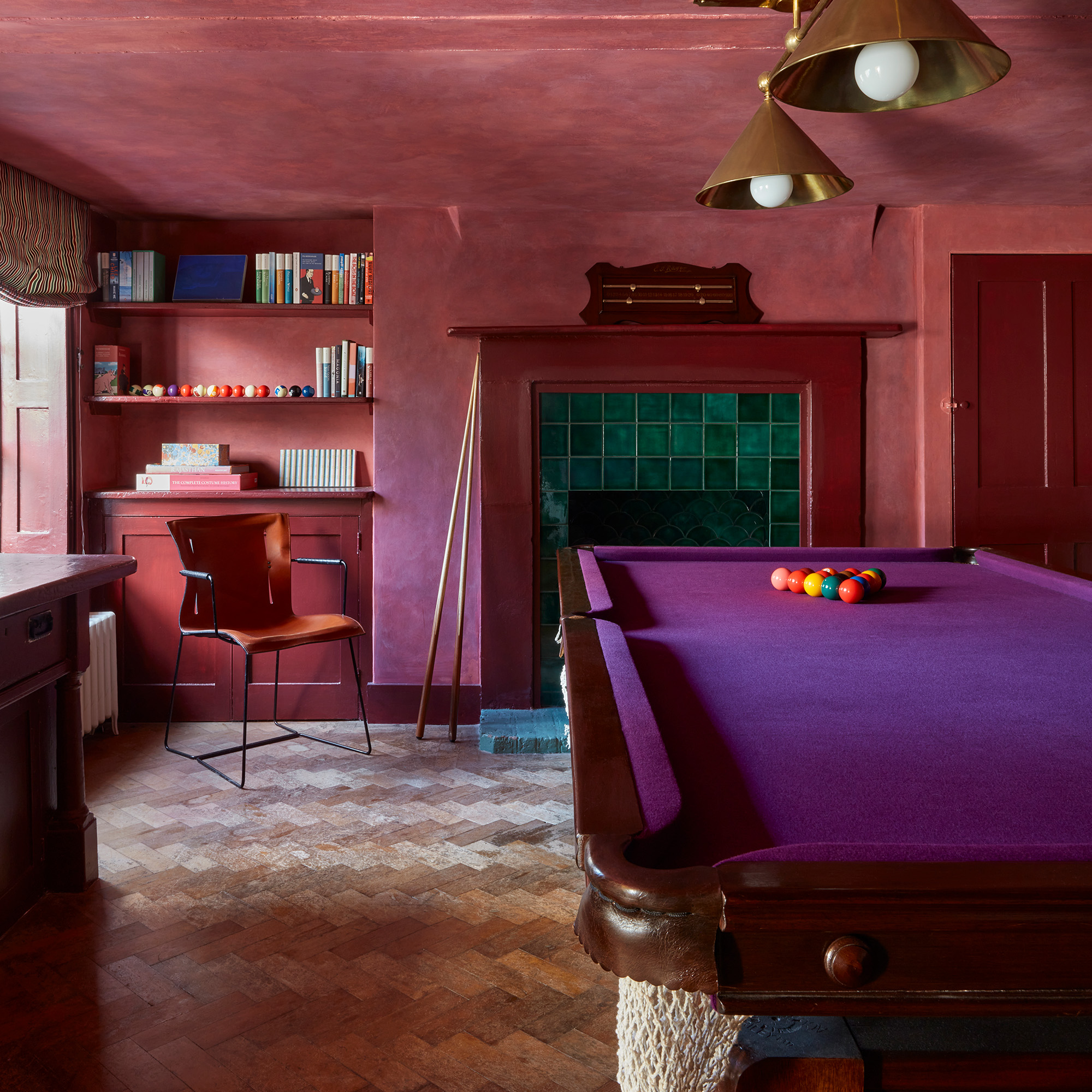
If possible, install windows or lightwells. When your basement is beneath the garden, walk-on glass skylights can light the space below. Artificial illuminating lighting can supplement natural lighting or, when adding windows is impossible, be used independently to create a bright and welcoming space.
‘Flush ceiling lights or uplighters will draw the eye upwards and make the space feel more expansive without claiming any headroom,’ advises Jo Plant, head of design at Pooky.
8. Decide whether installing a toilet is worth it
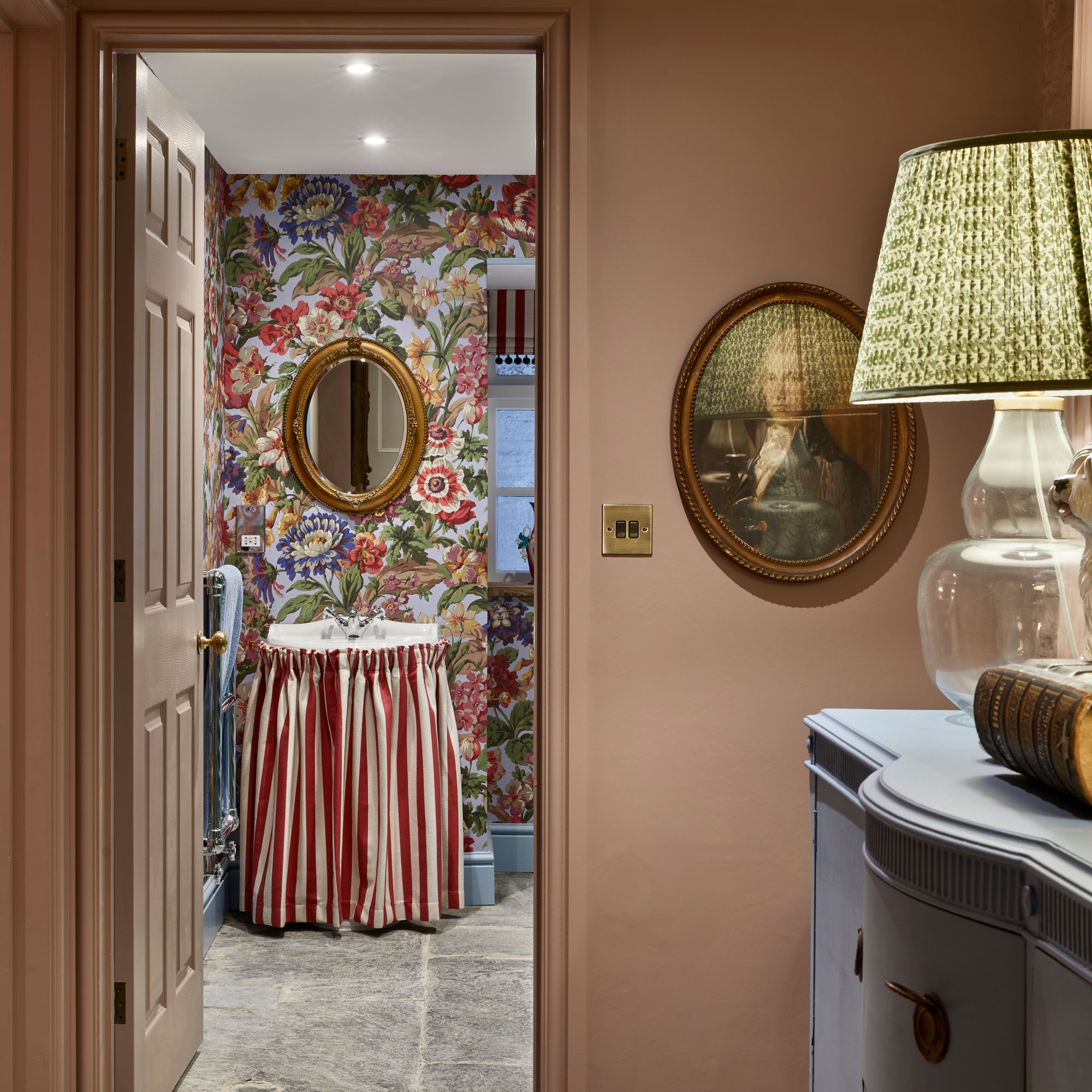
Adding a bathroom into a basement is ideal if your bathrooms are on the first floor
– a fair walk from the basement. However, it is not straightforward.
‘Basements can be prone to moisture and damp issues, so ensuring proper waterproofing and adequate ventilation is critical to prevent costly future repairs,’ says Barrie Cutchie, design director at BC Designs. ‘Basement toilets often need sophisticated plumbing solutions, like sewage ejector pumps, particularly if the basement is below the sewer line. This adds complexity and cost to the installation but is a necessity when adding a bathroom.’
Where moisture is a problem, also use a dehumidifier in the bathroom to prevent mould. However, it should not be used in place of a bathroom fan.
It's worth noting that a bathroom ‘will only add value if the rest of the room is liveable – if you are creating a guest room and en suite, with some living space, then you’ll often recoup the investment,’ explains Louise Ashdown, head of design at West One Bathrooms.
FAQs
Do I need planning permission to convert a basement?
In most cases, you do not need planning permission to convert a basement as they will be classed as permitted development. Always check your plans with your local planning authority and consult planningportal.co.uk for more in depth information.
Is it worth converting a basement?
Yes, it is worth converting a basement. If you already have a basement, converting it is a great way to add space without the same high costs and disruption of a full extension. Take into account these things you need to know before converting a basement, and you'll likely add value to your home, too.
Get the Ideal Home Newsletter
Sign up to our newsletter for style and decor inspiration, house makeovers, project advice and more.

Holly is one of Ideal Home’s content editors. Starting her career in 2018 as a feature writer and sub-editor for Period Living magazine, she has continued this role also adding regular features for Country Homes & Interiors and the Ideal Home website to her roster. Holly has a passion for traditional and country-inspired interiors – especially kitchen design – and is happiest when exploring the countryside and hills of the Lake District. A keen gardener, she is a strong believer that you can never have too many houseplants.
You must confirm your public display name before commenting
Please logout and then login again, you will then be prompted to enter your display name.
-
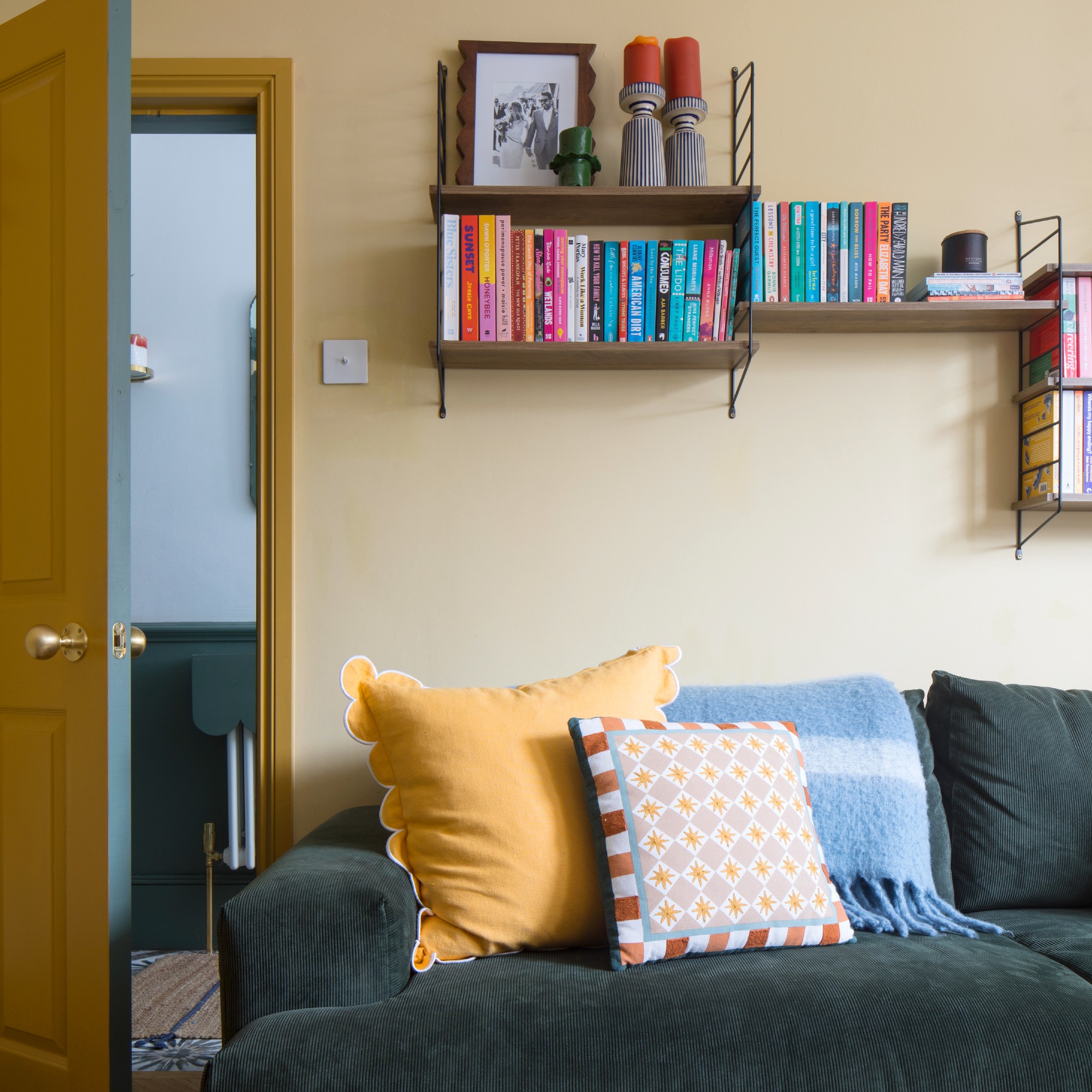 Should you paint your walls as soon as you move in? Design experts say this is how long you should wait to avoid making a mistake
Should you paint your walls as soon as you move in? Design experts say this is how long you should wait to avoid making a mistakePaint experts reveal the best amount of time to wait before painting your new home's walls
-
 Aldi’s new solar floodlight is an expert-approved buy that will boost your home’s security - and it’s only £11.99
Aldi’s new solar floodlight is an expert-approved buy that will boost your home’s security - and it’s only £11.99You won't want to miss out on this Specialbuy!
-
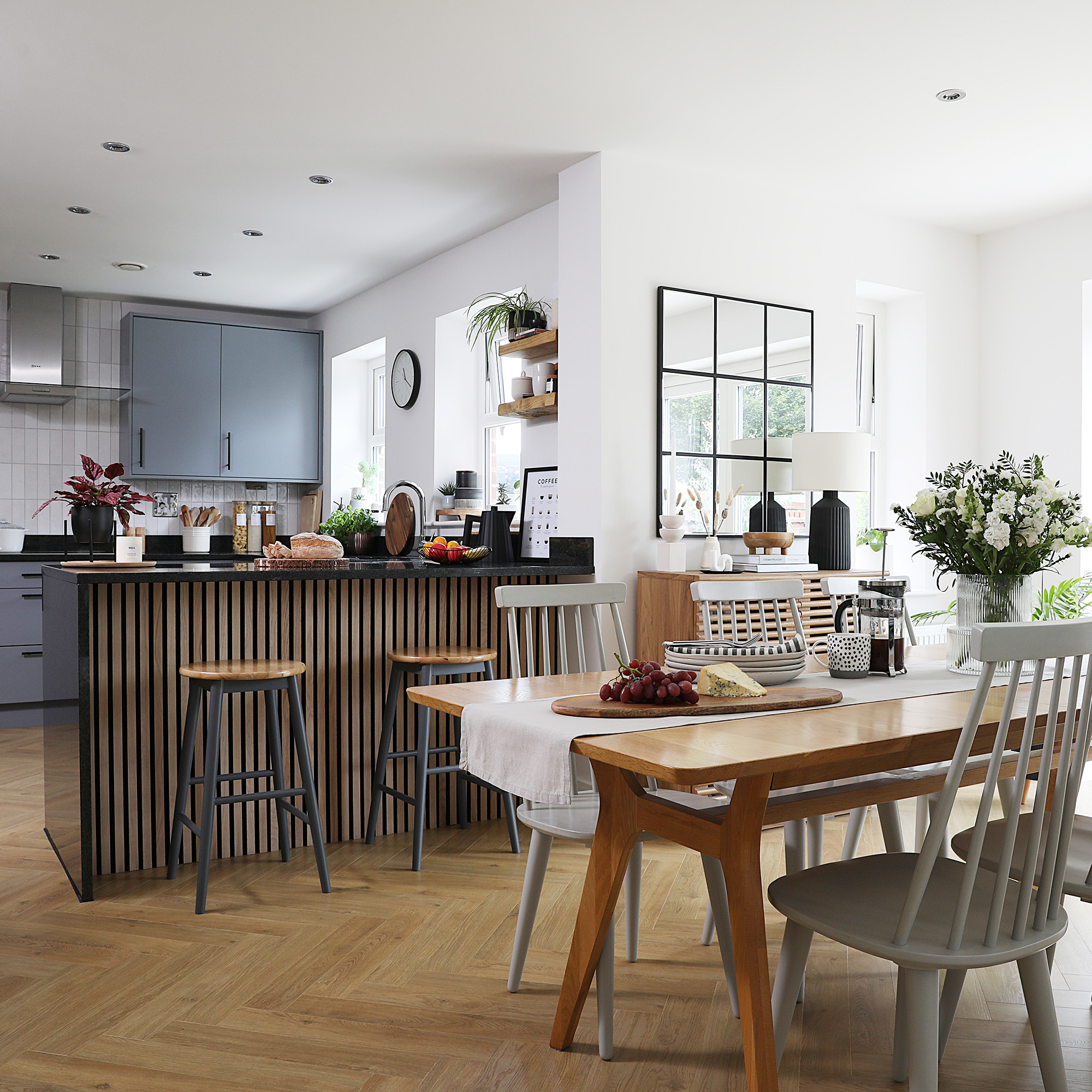 Lots of clever low-budget tweaks have added up to one big transformation in this scandi-inspired family home
Lots of clever low-budget tweaks have added up to one big transformation in this scandi-inspired family homeThis project proves you don't need to spend a fortune to get your dream home